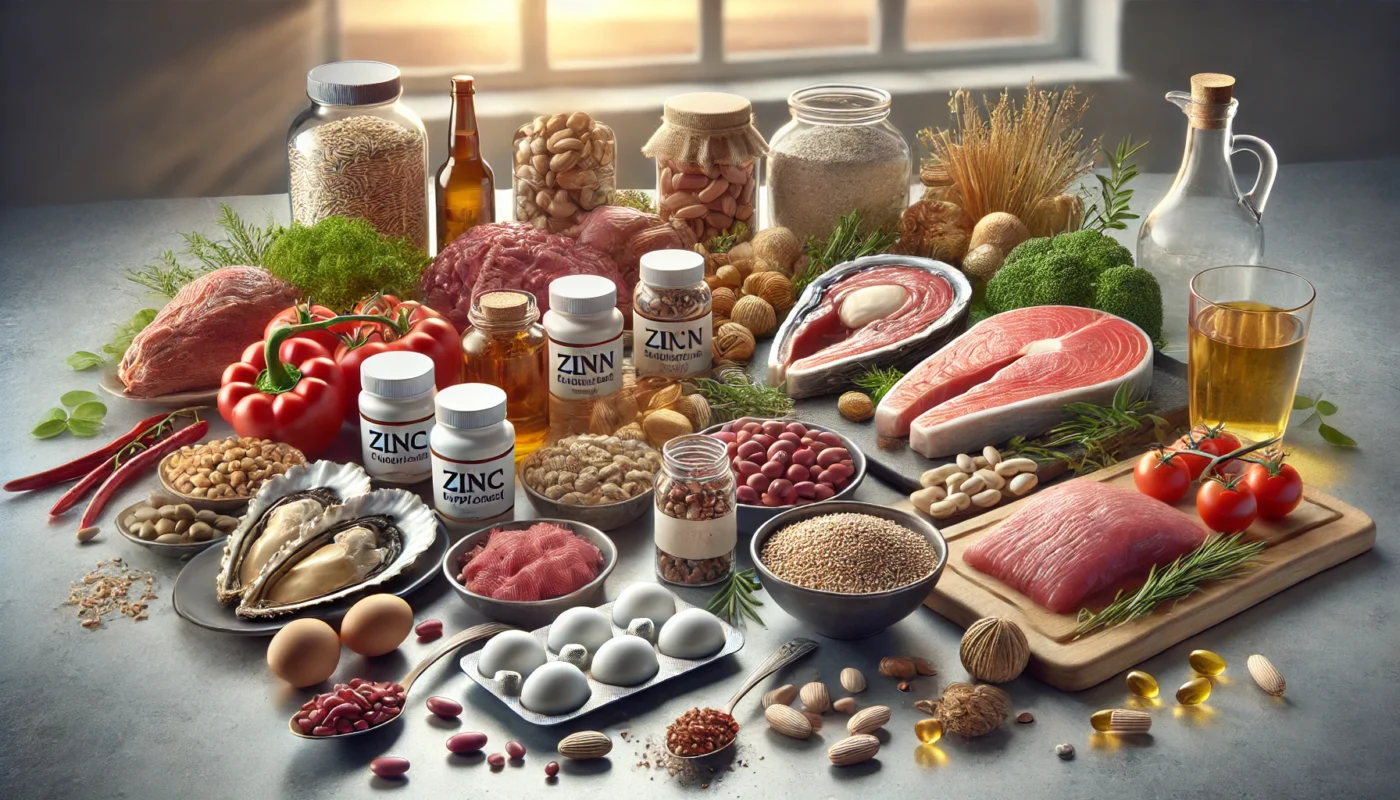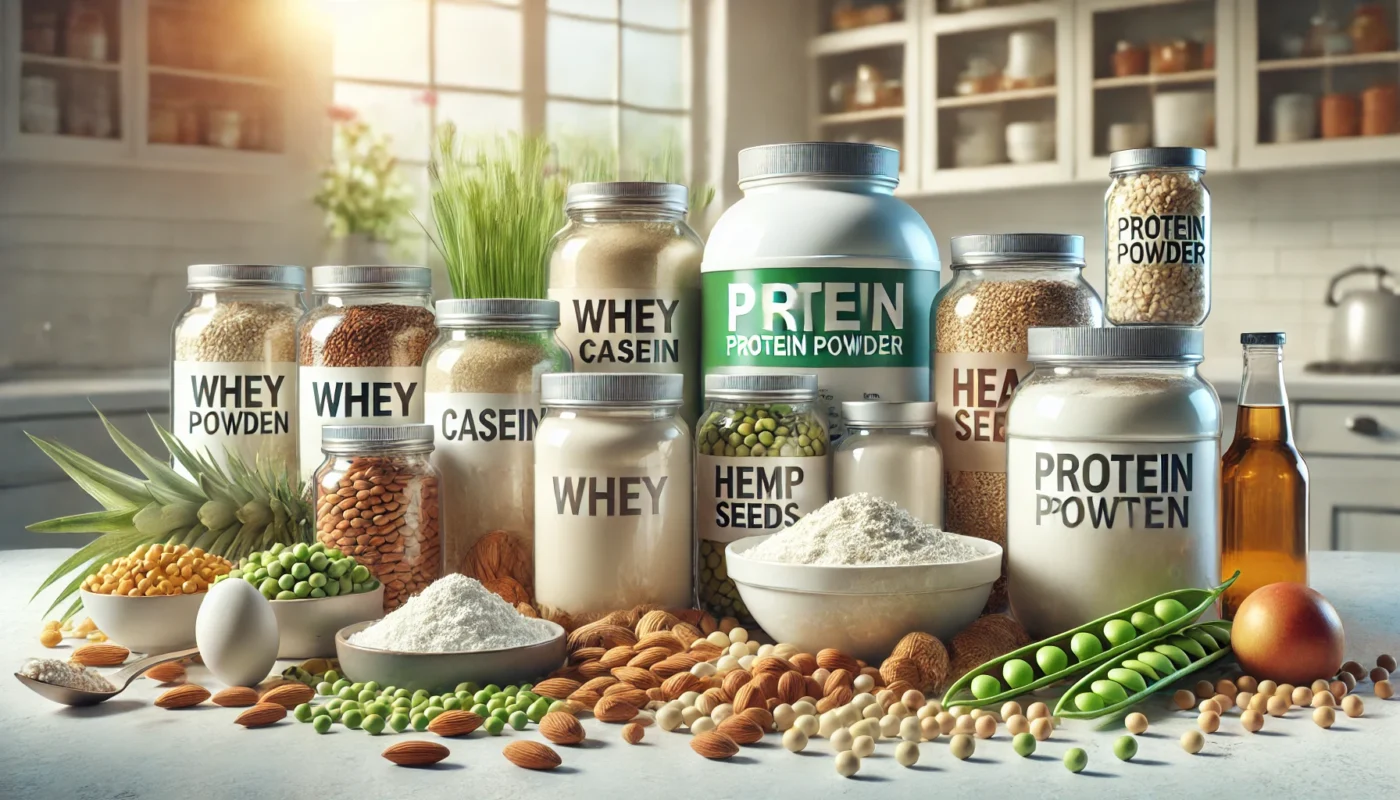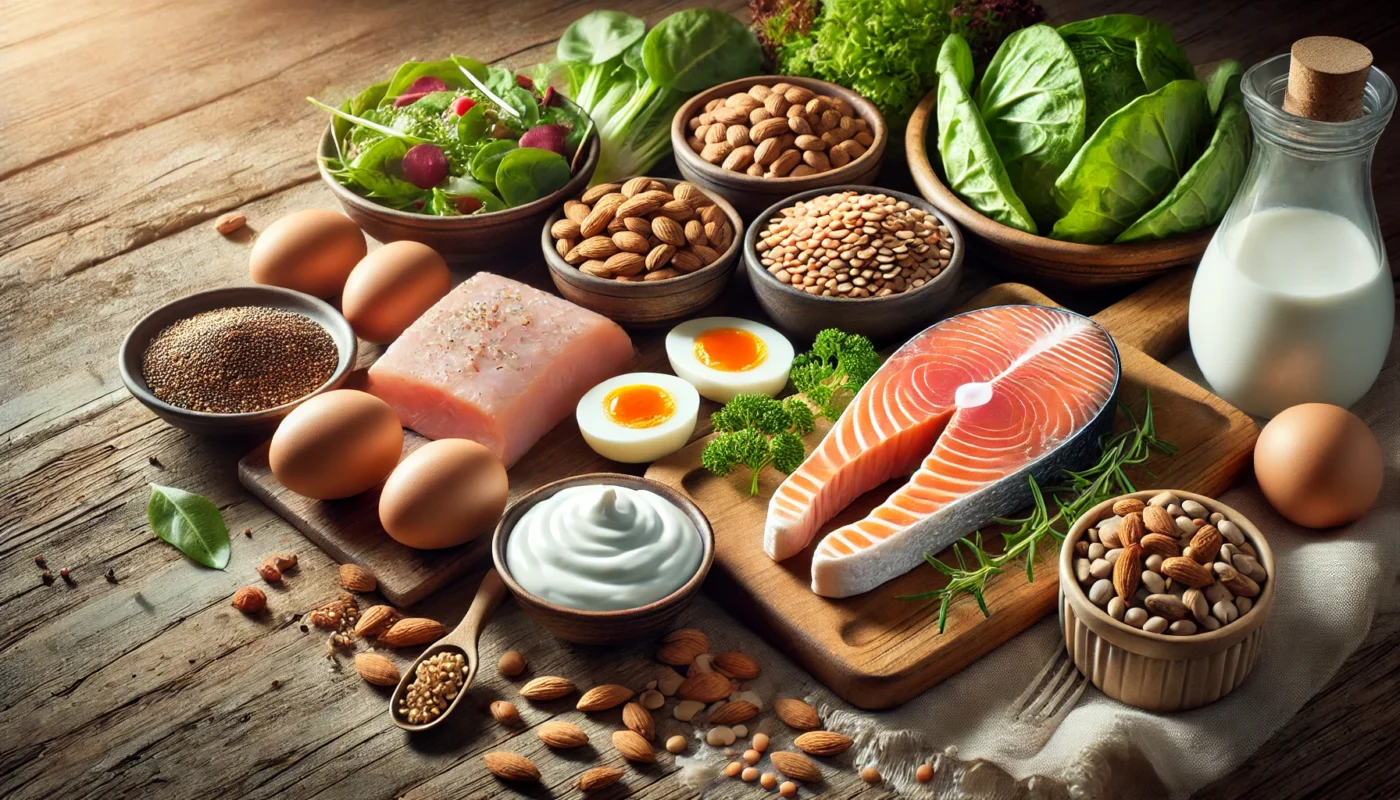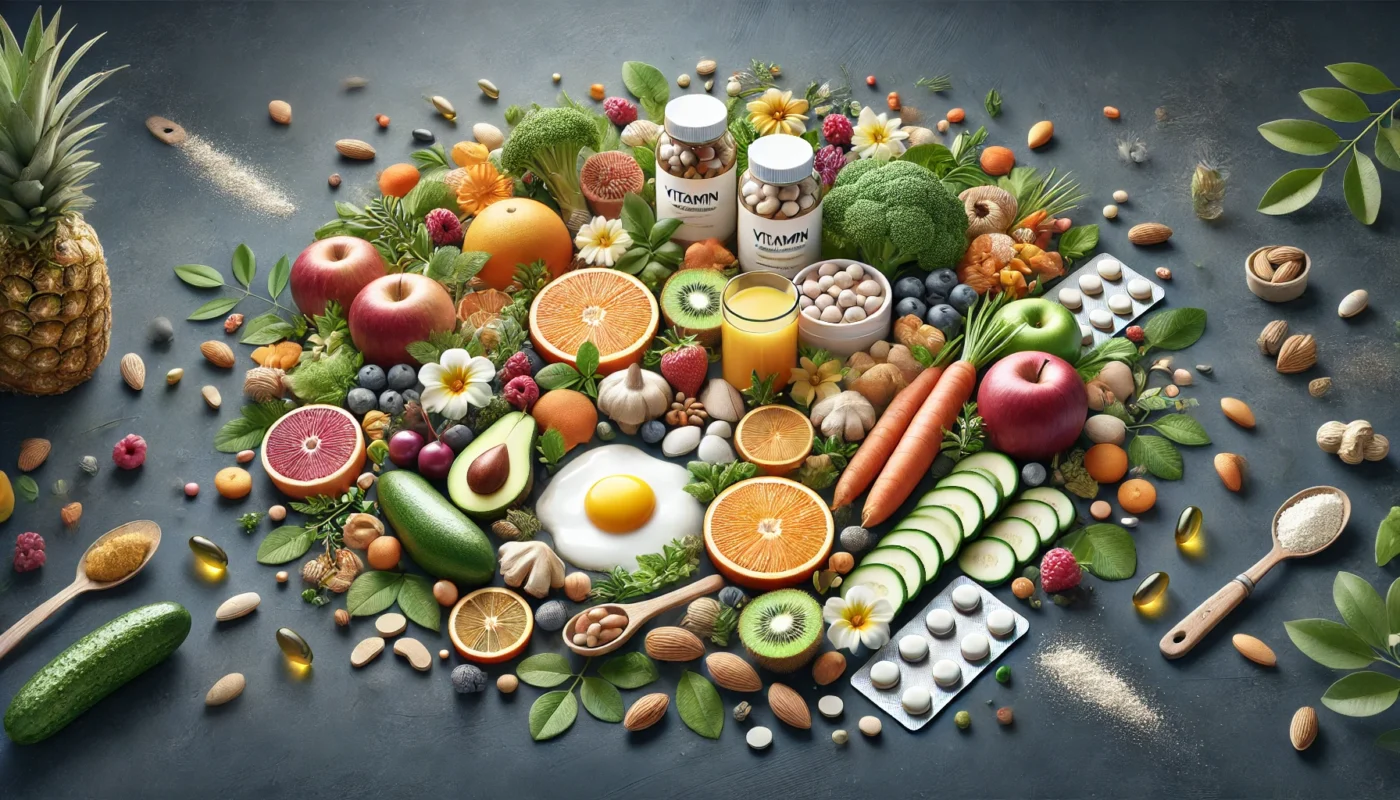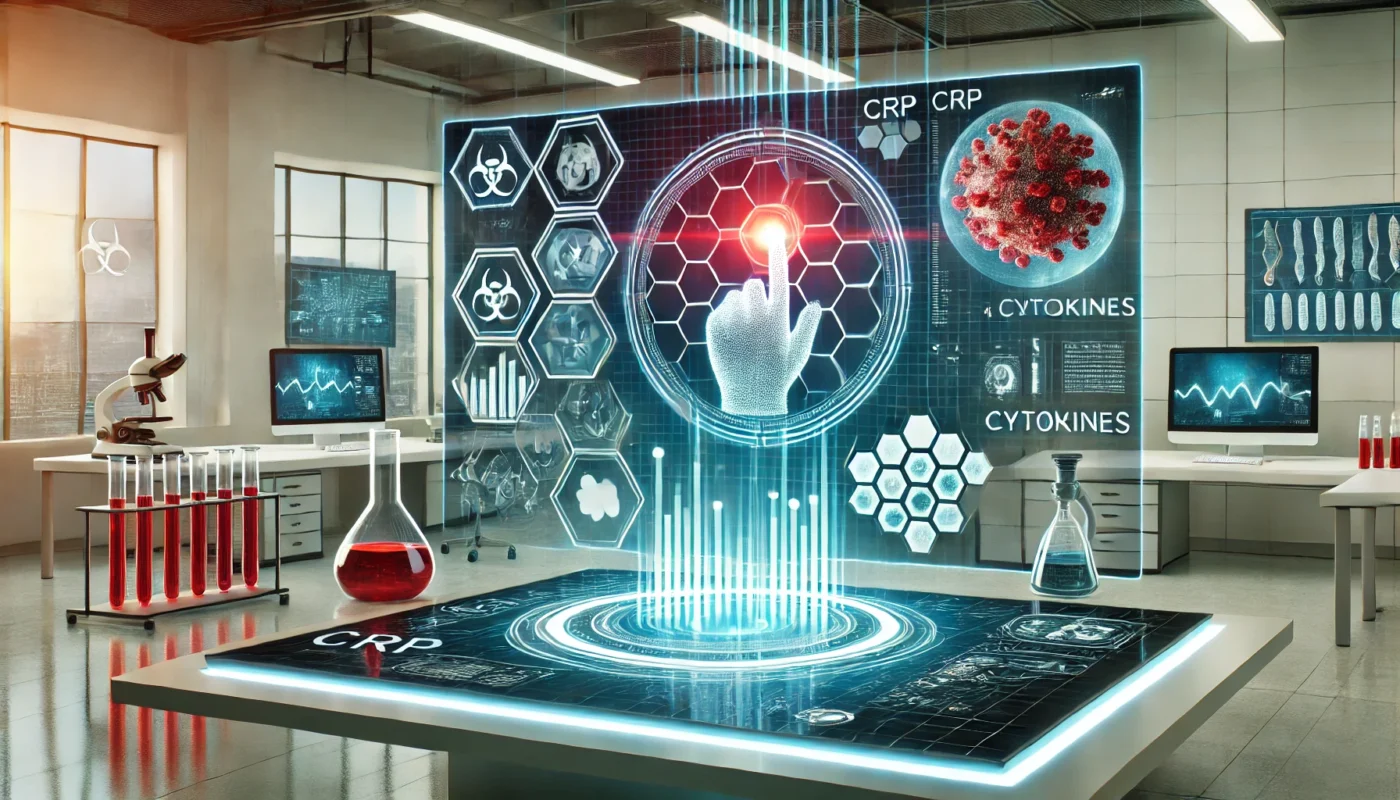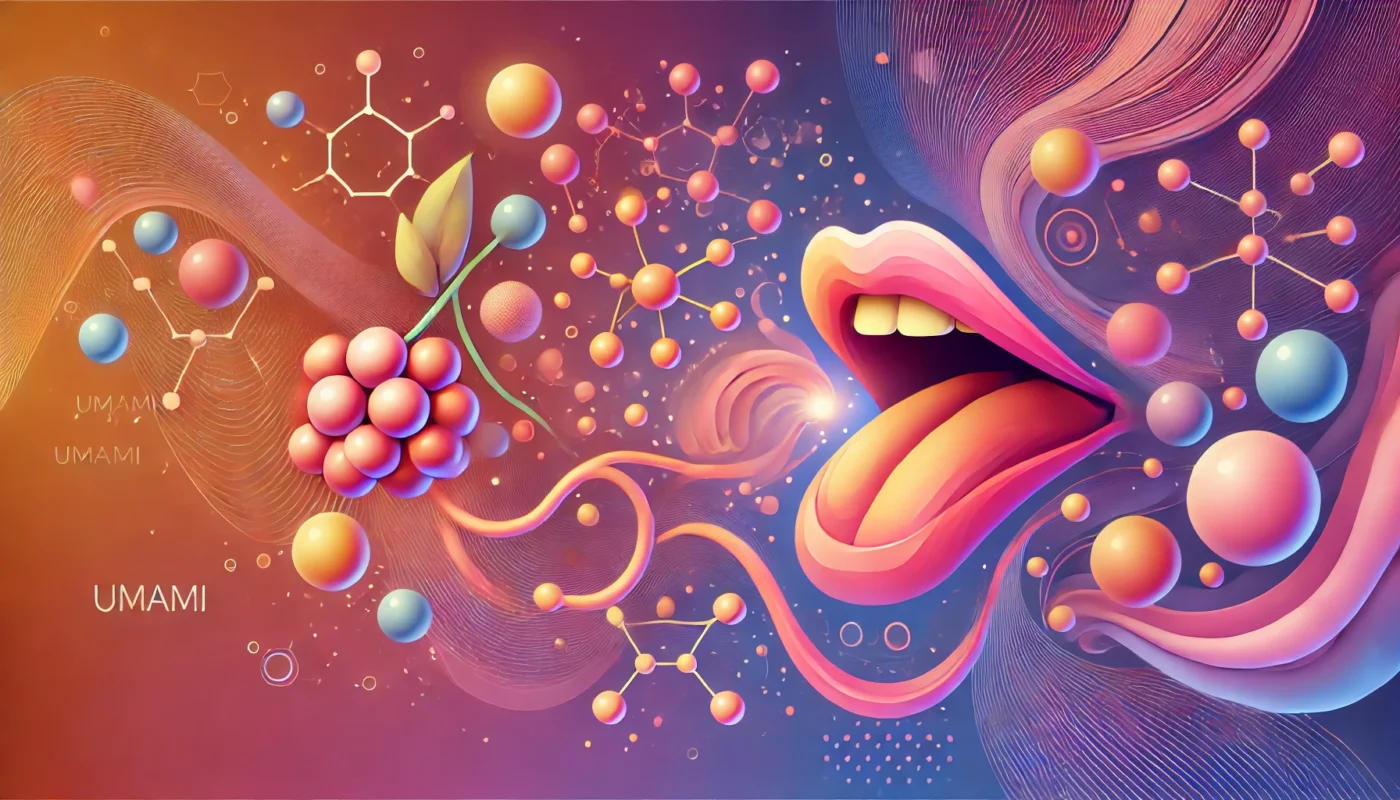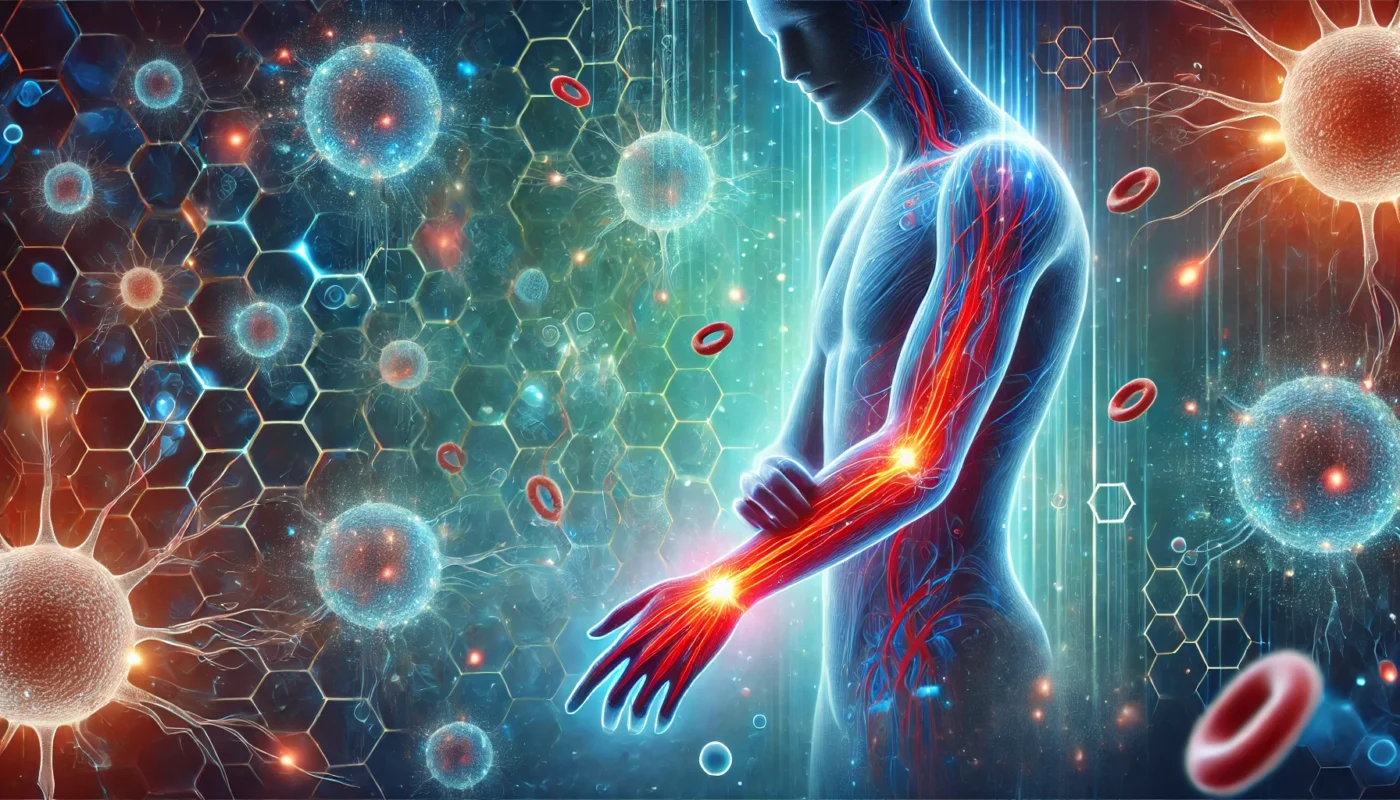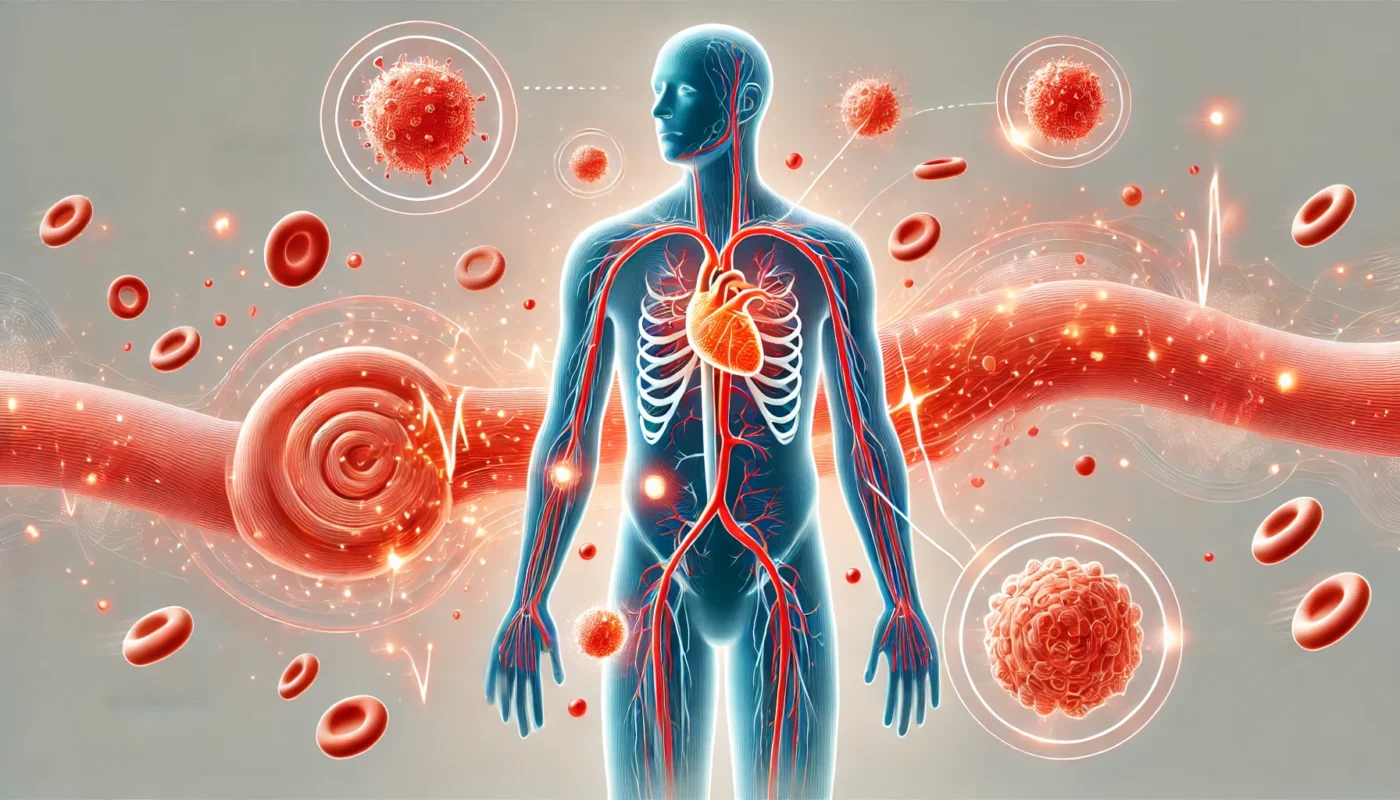Zinc is an essential trace element that contributes significantly to cellular metabolism, protein synthesis, and immune function—all critical factors in wound healing. When the skin is injured, zinc is mobilized to the wound site, where it helps regulate inflammation, promote cell proliferation, and support the re-epithelialization process. In layman’s terms, zinc aids the skin in repairing itself efficiently.
Tag Archives: Nutrition
In the realm of nutrition and recovery, protein stands as a cornerstone, particularly when it comes to healing from injuries or surgeries. Protein powders have emerged as a convenient and effective way to supplement our diets with this essential macronutrient, playing a pivotal role in wound healing and recovery. In this article, we will delve into the benefits of protein powder for healing, examining scientific research and offering practical advice on how to incorporate it into your recovery regimen.
The body’s healing process is a marvel of nature, involving a complex interplay of cells, tissues, and nutrients. After surgery or injury, your body requires additional support to repair itself efficiently and effectively. Understanding the role that vitamins play in this process can help you optimize your recovery and ensure that you’re giving your body the best chance to heal.
In this article, we delve into the vitamins that are crucial in promoting healing, explore the best foods to consume post-surgery, and provide practical advice on creating a diet that supports your body’s recovery journey.
When it comes to healing, particularly after surgery or injury, your body requires certain nutrients to repair tissues and restore health. Among these nutrients, protein plays a pivotal role. This article delves into how protein-rich diets can enhance healing efficiency, supported by scientific research and practical advice.
Vitamins are organic compounds that are vital for maintaining health. They act as co-factors in various biochemical reactions, supporting processes such as cell growth, immune function, and tissue repair. When it comes to wound healing, certain vitamins stand out for their ability to enhance recovery.
Inflammation, a biological response to harmful stimuli, is pivotal in maintaining health and combating disease. However, chronic inflammation can lead to various health issues, including cardiovascular diseases, diabetes, and arthritis. As interest in holistic health approaches grows, understanding how to measure inflammation in the body becomes increasingly important.
This article delves into the contemporary techniques used to measure inflammation, providing insights into how these methods can aid fitness enthusiasts, health aficionados, and medical patients alike in optimizing their wellbeing.
MSG is a flavor enhancer derived from glutamic acid, a naturally occurring amino acid found in various foods like tomatoes and cheese. MSG imparts the umami taste, which is one of the five basic tastes alongside sweet, sour, bitter, and salty. It is commonly added to processed foods, fast foods, and Asian cuisine to enhance flavor.
In the realm of health and wellness, inflammation is a term that often carries a negative connotation. However, when we delve into its role in the healing process, we uncover a complex and essential biological response. Understanding this multifaceted process is crucial for anyone looking to optimize their health and recovery strategies. By examining the nuances of inflammation, we can better appreciate its dual nature and how it can be both beneficial and detrimental.
Understanding the intricate relationship between inflammation and fever is pivotal for anyone striving to optimize their health and well-being. These two biological processes, while often viewed negatively, play crucial roles in the body’s defense mechanisms. Let’s delve into the scientific underpinnings of inflammation and fever, and explore how they are interconnected.
Water is an indispensable component of life, yet its role in managing inflammation is often underestimated. Inflammation is a natural defense mechanism of the body, but chronic inflammation can lead to various health issues. This article explores how drinking water affects inflammatory responses and provides insights on how optimal hydration can help manage inflammation.

